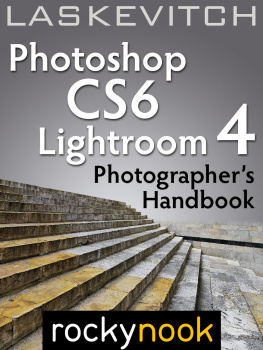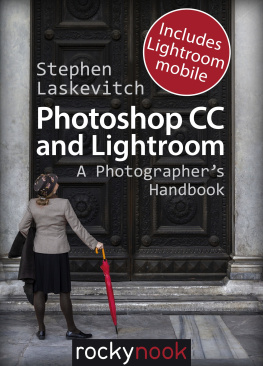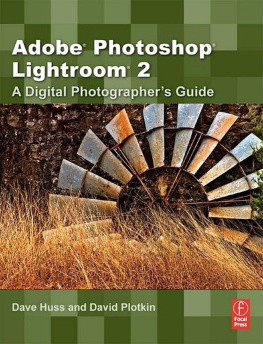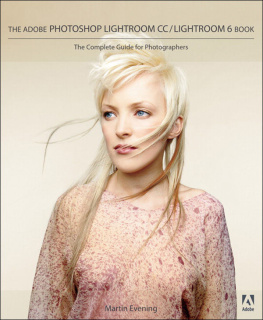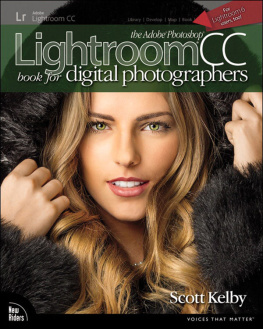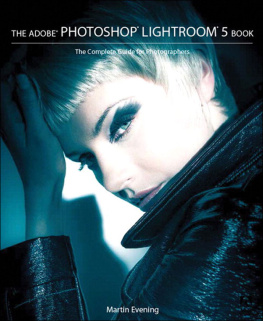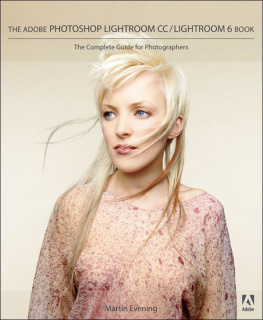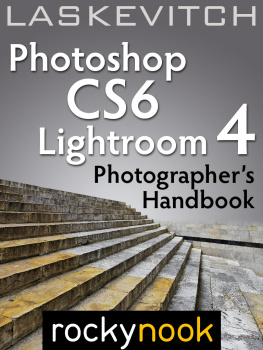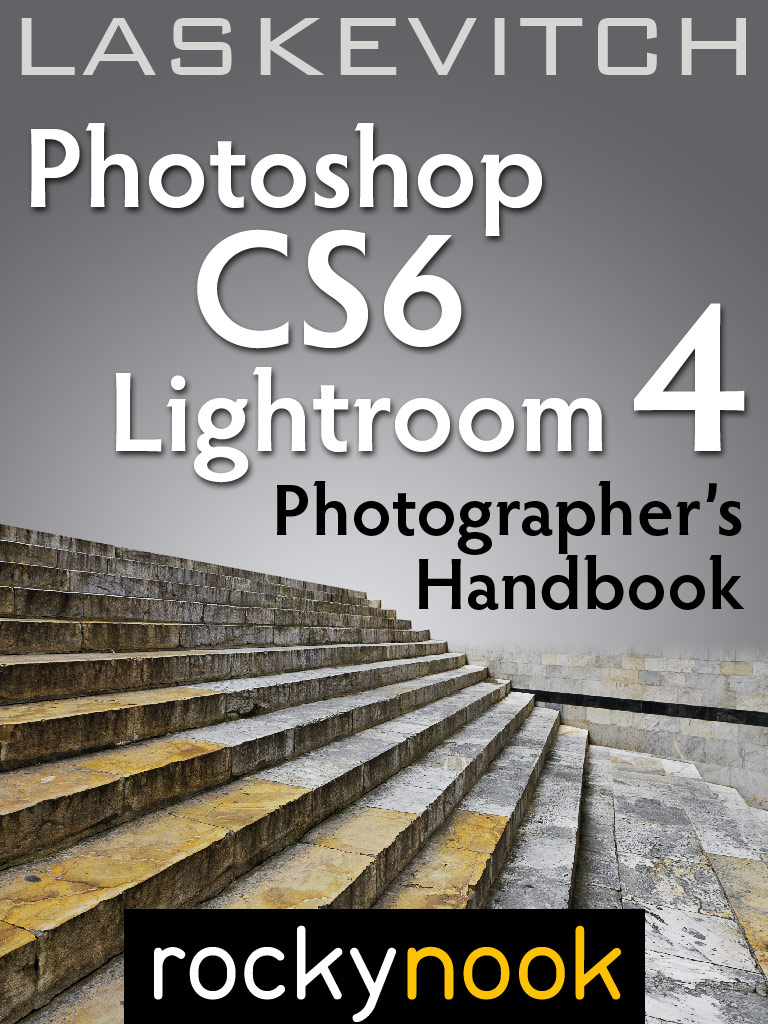Laskevitch - Photoshop CS6 and Lightroom 4: a photographers handbook
Here you can read online Laskevitch - Photoshop CS6 and Lightroom 4: a photographers handbook full text of the book (entire story) in english for free. Download pdf and epub, get meaning, cover and reviews about this ebook. City: Santa Barbara;CA;Sebastopol, year: 2012, publisher: Distributed by OReiley Media, Rocky Nook, genre: Computer. Description of the work, (preface) as well as reviews are available. Best literature library LitArk.com created for fans of good reading and offers a wide selection of genres:
Romance novel
Science fiction
Adventure
Detective
Science
History
Home and family
Prose
Art
Politics
Computer
Non-fiction
Religion
Business
Children
Humor
Choose a favorite category and find really read worthwhile books. Enjoy immersion in the world of imagination, feel the emotions of the characters or learn something new for yourself, make an fascinating discovery.
- Book:Photoshop CS6 and Lightroom 4: a photographers handbook
- Author:
- Publisher:Distributed by OReiley Media, Rocky Nook
- Genre:
- Year:2012
- City:Santa Barbara;CA;Sebastopol
- Rating:5 / 5
- Favourites:Add to favourites
- Your mark:
Photoshop CS6 and Lightroom 4: a photographers handbook: summary, description and annotation
We offer to read an annotation, description, summary or preface (depends on what the author of the book "Photoshop CS6 and Lightroom 4: a photographers handbook" wrote himself). If you haven't found the necessary information about the book — write in the comments, we will try to find it.
Photographers often feel overwhelmed when starting with Photoshop; the sheer number of tools and options make it difficult for the novice. There is no shortage of instructional books, yet very few direct the user to the most significant aspects of the program in a way that reflects a real workflow for the photographer.
Adobe Certified Instructor Steve Laskevitch has leveraged his experience as a teacher and practitioner to create a guide that provides a clear and effective workflow for editing photographs in Photoshop CS6 and its companions Bridge, Camera Raw, and Lightroom 4. Focusing on the critical elements of the workflow rather than covering every arcane feature, this book is designed to get you working quickly in these applications.
In addition to the essential features of these programs, Laskevitch covers new features specific to the 2012 releases, including:
Lightroom geocoding-Quickly tag a photo with location data; Photoshops Blur Gallery (Tilt-Shift, Iris, and Field Blur tools)-Add selective focus and bokeh effects; New development controls in Lightroom and Camera Raw; Recomposing or retouching photos with the Content-aware Move Tool; Publishing to Blurb directly from Lightroom; Video (no longer limited to Photoshop Extended; Adaptive Wide Angle-Make straight lines straight again; Face-Aware Mask Generation-An improvement to Color Range; Intelligent Auto-Correction; Adobe Camera Raw 7-Local controls for White Balance and Noise Reduction; New Black/White and Highlight/Shadow controls
Laskevitch: author's other books
Who wrote Photoshop CS6 and Lightroom 4: a photographers handbook? Find out the surname, the name of the author of the book and a list of all author's works by series.

